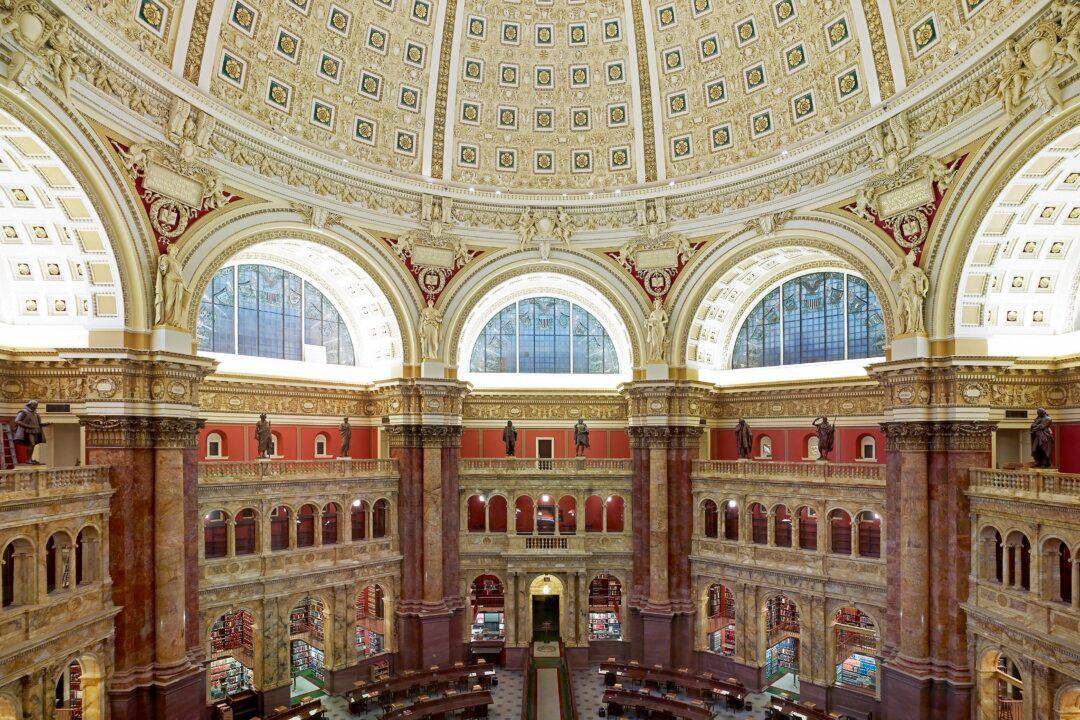“Not until I stand before the judgment seat of God do I ever expect to see this building transcended,” a visitor proclaimed of the new Library of Congress building in Washington, which opened on Nov. 1, 1897.
The library, now known as the Thomas Jefferson Building, is inspired by Palais Garnier (built to house the Paris Opera), which is considered the best example of the Napoleon III style of late-19th-century architecture. The Library of Congress building is an exquisite example of the Beaux Arts architectural style, where ornate decoration and functional design meld together with theatrical appeal.






